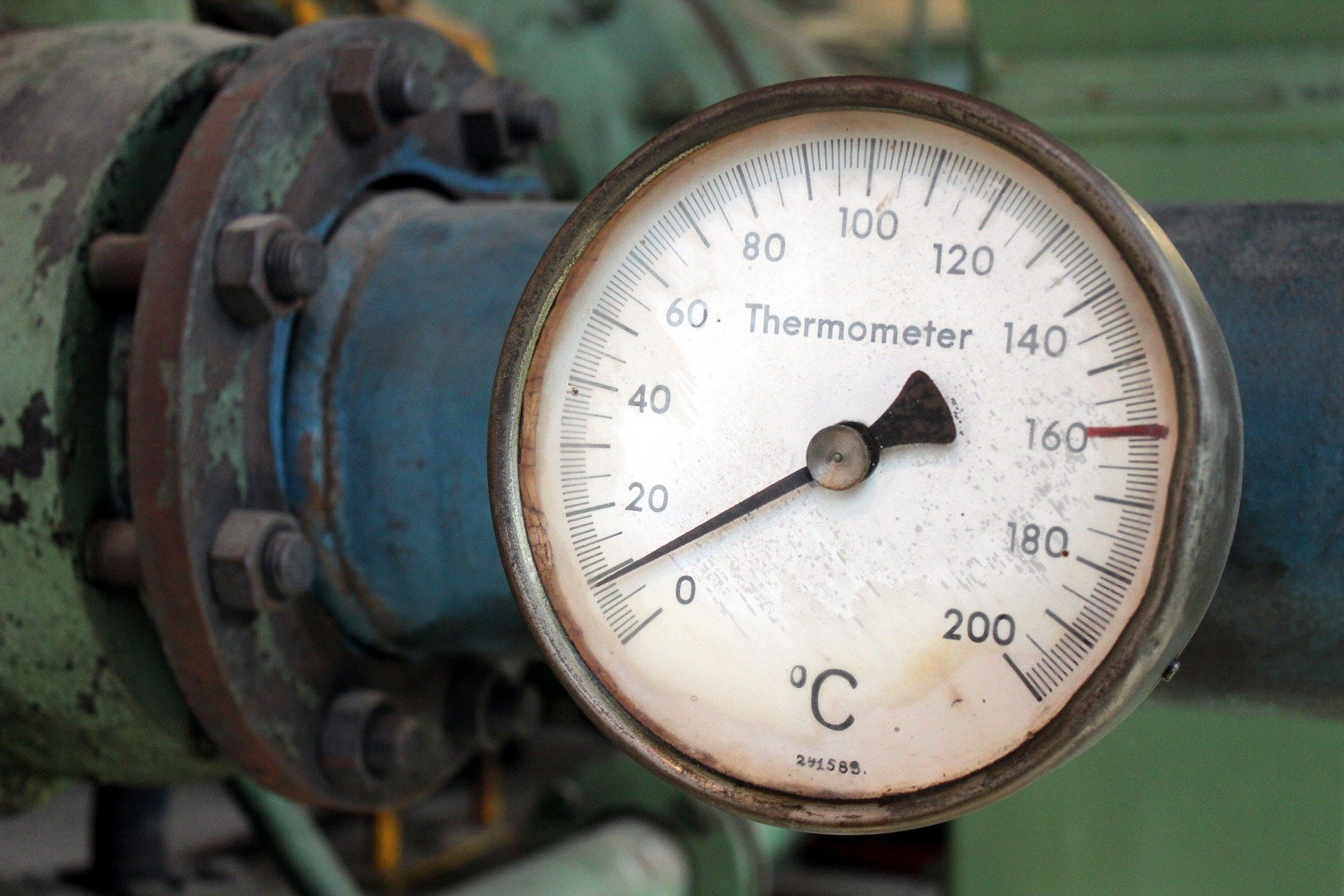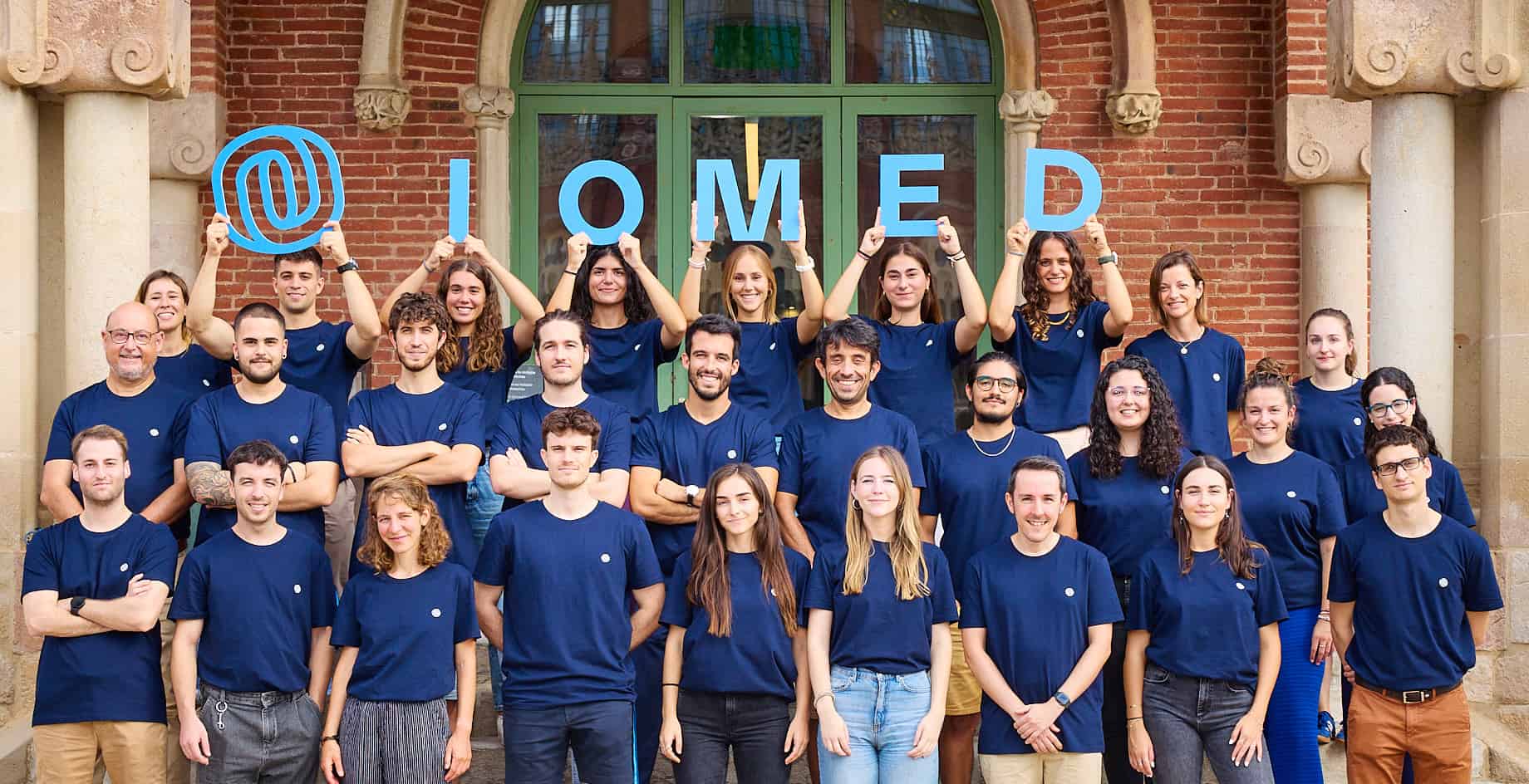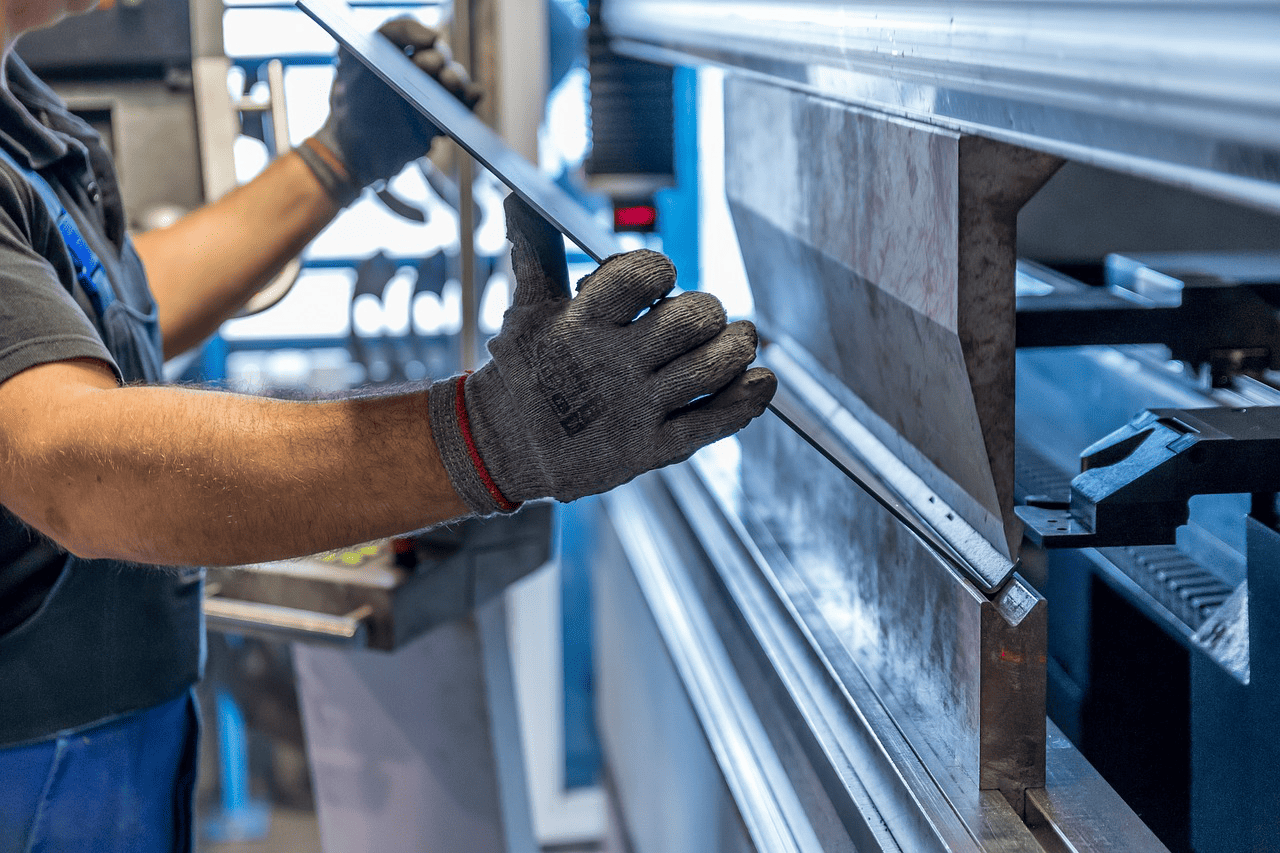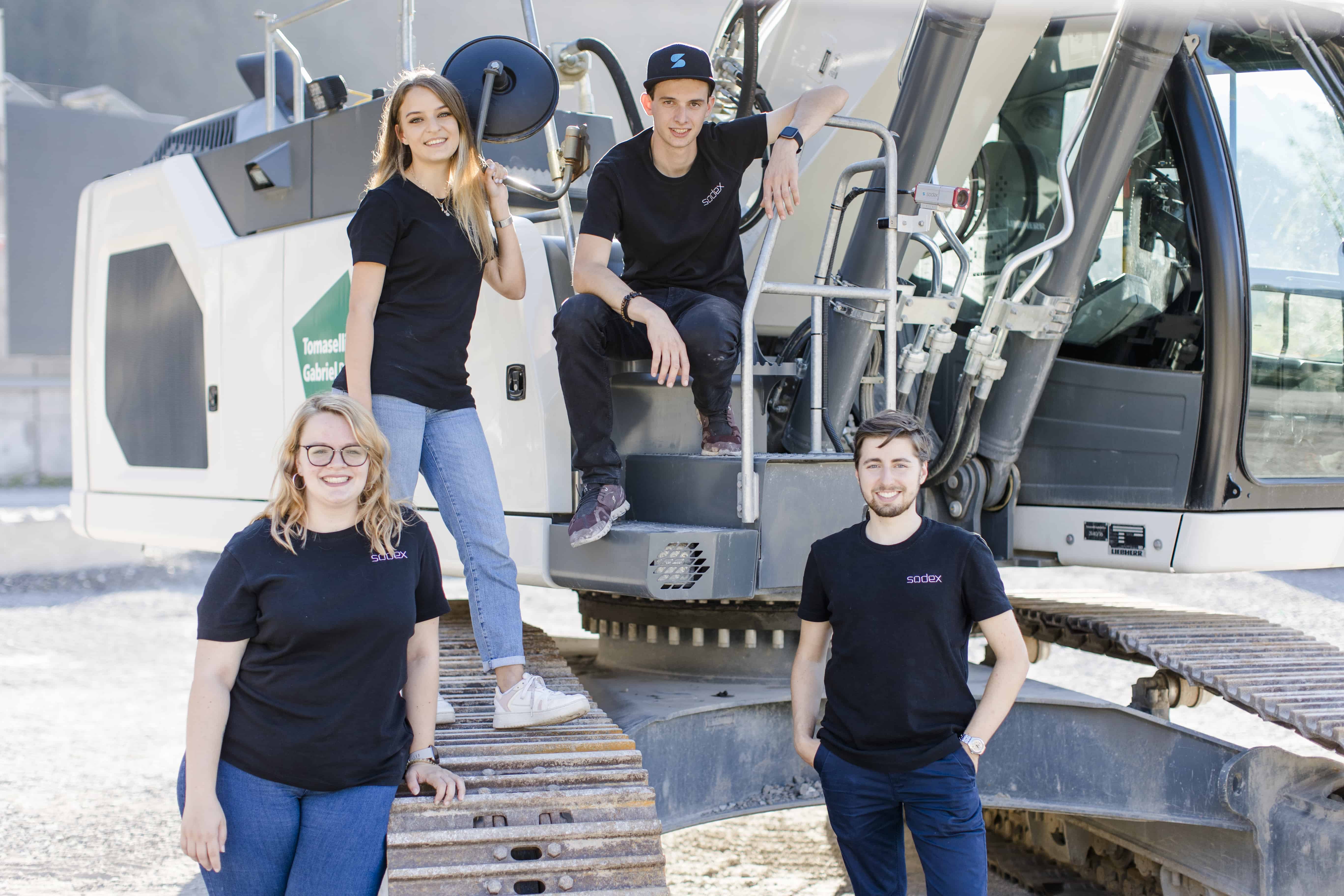
For some products or processes, the smallest fluctuation in temperature can be fatal. For IVF labs, for example, a change of only 0.5 degrees can affect the viability of an embryo. Therefore it’s important to monitor the temperature carefully so that researchers can take action when something is amiss. That’s exactly what BrightSentinel does. The American startup, founded by two Australians, offers a temperature monitoring solution for hospitals and labs. Jenny Samfat and Robert Keith develop and produce precisely calibrated loggers from their office and working space in Microlab in Eindhoven, Netherlands. They have also developed an automated process for calibrating sensors in their in-house calibration lab.
How does it work?
Everybody wants to know exactly how it works, but that’s our little secret and we’re not sharing it. But I have to laugh when people say it’s AI. Well, there is some logic to it. But don’t forget that Robert has been working on this for years.
“Normally it takes several days to calibrate 250 loggers, but Robert can do the same amount in 4 hours,” says Jenny Samfat. She and Robert Keith founded the company in 2011 when they were still in the research phase.
What makes you different from other companies?
Loggers have to be re-calibrated every year. Normally this has to be done by an independent lab or a technician who visits the customer’s premises. That takes an awful lot of time. We do it differently. When the calibration period of a logger expires, we send our customers new ones that are already calibrated to minimize the downtime. On top of that, we offer a cloud service where researchers can review the collected data to make key decisions. All data is managed in one place in the cloud, so goodbye to handwritten lists and spreadsheets. You would be surprised to see how many labs filled with the fanciest equipment still record measurements manually.
What is your motivation?
When we had a look at our home fridge the temperature between the top shelf and the bottom one where you keep your vegetables can differ by five degrees. And the fridge isn’t even that big! Back home in Australia we had a fridge where the temperature was perfect and the food lasted much longer. So what do you think this means for people working with blood or embryos in a lab?
When I give this example people often squirm. Do you know the way vaccines get transported? In Robert’s hometown, we looked into this and discovered a lot of problems. The batches traveled in poor quality fridges and when they are unloaded the door stays open. This may lead to the spoiling of the vaccine. The same goes for IVF labs, even though the regulation says that researchers have to measure the temperature once a day. What usually happens is that someone comes in and measures let’s say at 9:00 and then again at 9:10. The researcher takes the average and he’s done. But what happens during all the other hours? They are following the regulation, but they aren’t acting responsibly. You’re working with living cells.
It’s just frustrating and we want to do something about it. We want to give the labs the tools to be able to act responsibly. Whenever you monitor the temperature correctly, you can make a decision.
Would you ever want to work for a boss again?
I have always worked in a team structure. I’ve worked as a consultant for big energy projects, in foreign exchange stock markets and in the deal room. The deal room where people are shouting and waving looks especially chaotic from the outside but we always got along in the end. You rely on the team, because if one person slacks it affects the everyone. You have to step in for him, but if you are a team that’s OK. Of course, back then I had a boss above me but it never felt that way.
It’s funny because I think running a start-up has the same environment to it, it’s the same organism. I don’t see a big difference, the thing is that back then I didn’t have to think about the money.
Is that the hardest part about a start-up?
Yes, definitely. We filled in the business model canvas and all the things are filled in. Except for funding. We are ready to launch the next generation of loggers – Bluetooth and waterproof – and we are nearly there. The only thing right now is funding for the first batch. But it is going slower than we expected.
How come?
I really don’t know. But maybe it is the culture. I had a heart attack – not a real one, of course – but it blew my mind to read that only four per cent of start-ups with female co-founders get funding in the Netherlands. A lot of women work part-time here.
Is this different in the U.S. and Australia?
Yes, everyone works. When I first arrived in the Netherlands I was surprised that we couldn’t plan appointments on Wednesday afternoons. Later I learned that kids are out of school early that day. Here it is much more common that women have to pick the kids up, while in the U.S. and Australia you take turns.
Where will you be in five years’ time?
First, we have to get the funding, but we’re confident that we’ll get it. The next three to five years we want to be the most intuitive solution for scientists. The aim of the game is to give them a lot of options and choices without the hassle they’re used to now. We are already selling worldwide and we want to extend our sensors to more than just temperature. Because there is a lot more to be monitored.







